As immersive art experiences become more sophisticated, artists and curators are seeking innovative ways to engage the senses—beyond just sight and movement. In this evolution, Directional Sound Speakers have emerged as a transformative technology, redefining how sound interacts with space, artwork, and audiences.
Redefining Sound as a Spatial Medium
Immersive art is no longer just visual—it's multisensory. Sound is central to this transformation, serving not only as atmosphere but as a spatial guide, narrative thread, and emotional catalyst. Directional speakers turn sound into a three-dimensional element, allowing artists to sculpt with silence and amplify meaning through precise audio placement.
Directional vs. Traditional Audio: A Paradigm Shift
Traditional loudspeakers disperse sound omnidirectionally, flooding entire rooms and creating unwanted audio overlap. In contrast, directional speakers—such as Audfly’s ultrasonic models—project sound in tight beams. This enables isolated audio zones within open installations, supporting multiple layers of storytelling without interference.
For galleries, museums, or interactive media rooms, this means fewer acoustic conflicts and more localized sound engagement, especially when audiences move between zones or interact with artworks at close range.
Sculpting Space with Silence and Focus
One of the most overlooked tools in immersive design is silence. Directional speakers allow for “controlled quiet” between sonic fields, maintaining auditory clarity without adding physical barriers. Artists can now invite viewers into sonic pockets—whispers in a forest installation, internal monologues in an AI-generated portrait, or footsteps that activate reactive soundscapes—without disturbing the broader environment.
Curated Control: Precision Audio for Targeted Narratives
Whether creating a contemplative atmosphere or dynamic interaction, immersive artworks demand control. Directional audio enables curators to guide audience perception: voiceovers can follow a viewer’s movement; multilingual narration can coexist in a shared space—impossible with conventional speakers.
Interactive installations further benefit from this precision, using sensors to trigger audio feedback tied to body movement, gaze, or gesture. With Audfly’s directional speakers, artists don’t just play sound—they choreograph it.
Case Examples: Where Sound Meets Vision
- Digital Museums: Exhibit panels enhanced with localized soundscapes offer bilingual or child-friendly modes without cluttering the space.
- Interactive Light Installations: Sound follows the viewer across a grid of LED zones, each with its own mood or message.
- AI-Generated Art: Personal audio messages tailored to viewer input or chosen themes are delivered through ultrasonic beams.
The Audfly Product Advantage in Art & Design
Audfly’s directional speaker systems are engineered for seamless integration into modern art environments. From ultra-slim panel speakers for galleries to long-range focused sound for open installations, Audfly empowers artists and designers to push boundaries.
Key features include:
- Wide frequency response for rich sound texture
- High directionality with minimal spillover
- Custom mounting and aesthetic options for exhibit cohesion
- Integration-ready for sensors, lighting, and interactive systems
As immersive art continues to expand, Audfly stands at the intersection of creativity and acoustic innovation—delivering sound that doesn’t just accompany art, but becomes part of it.
.png)


.png)


.png)


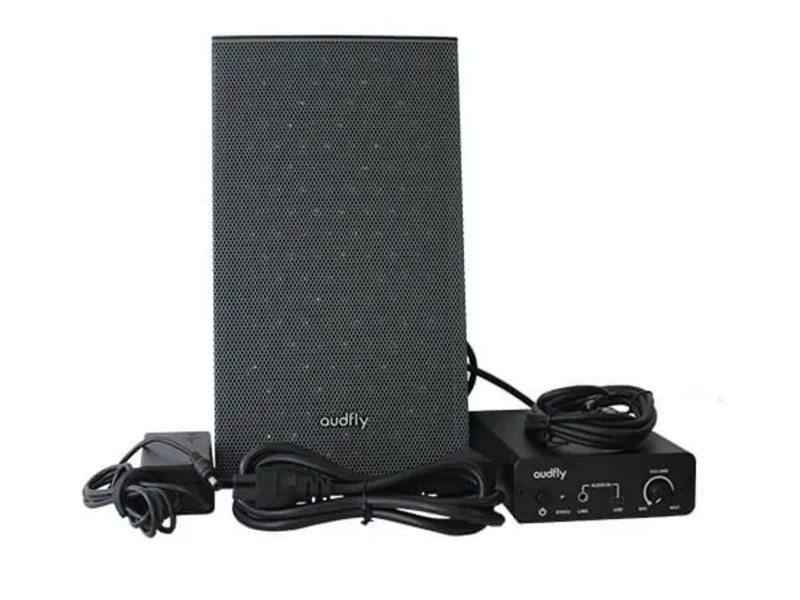
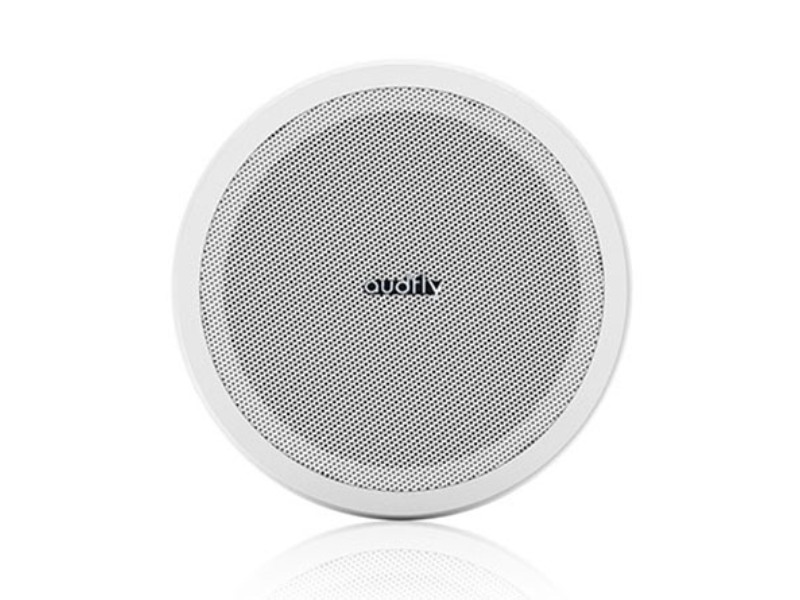
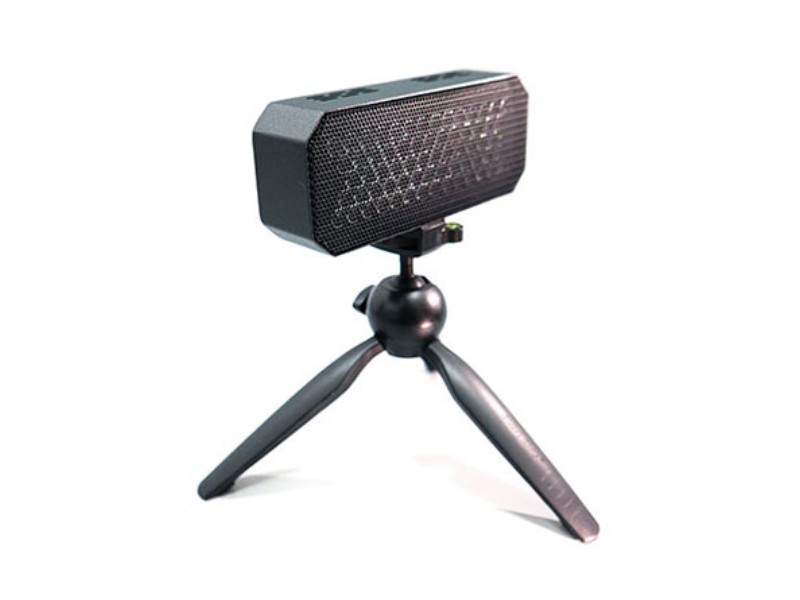
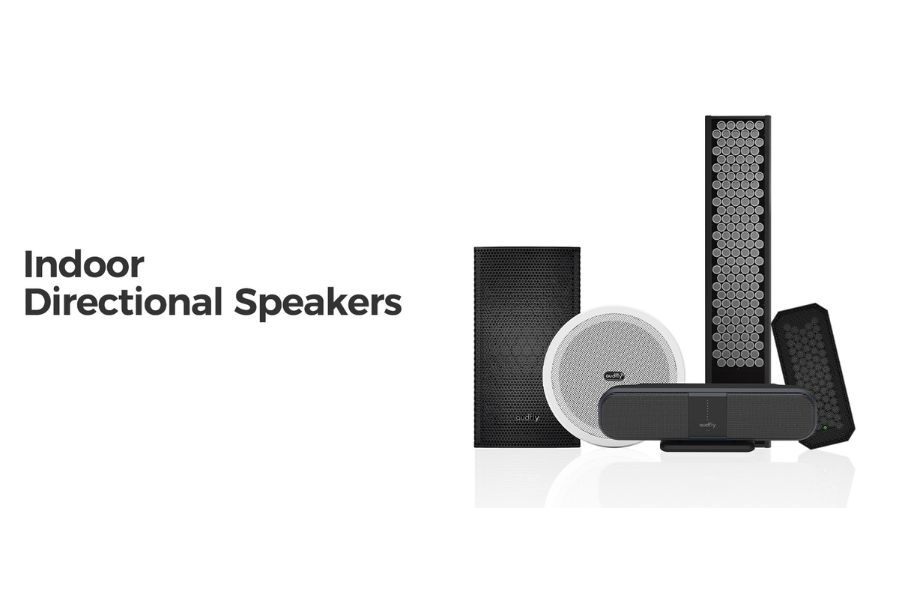
.png)

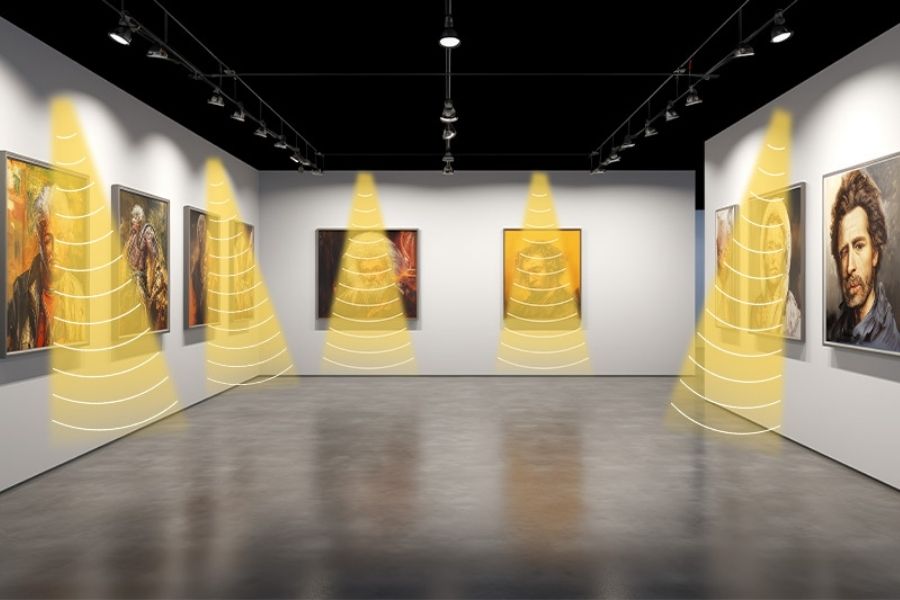



.png)
.png)


.png)


.png)
.png)
.png)


